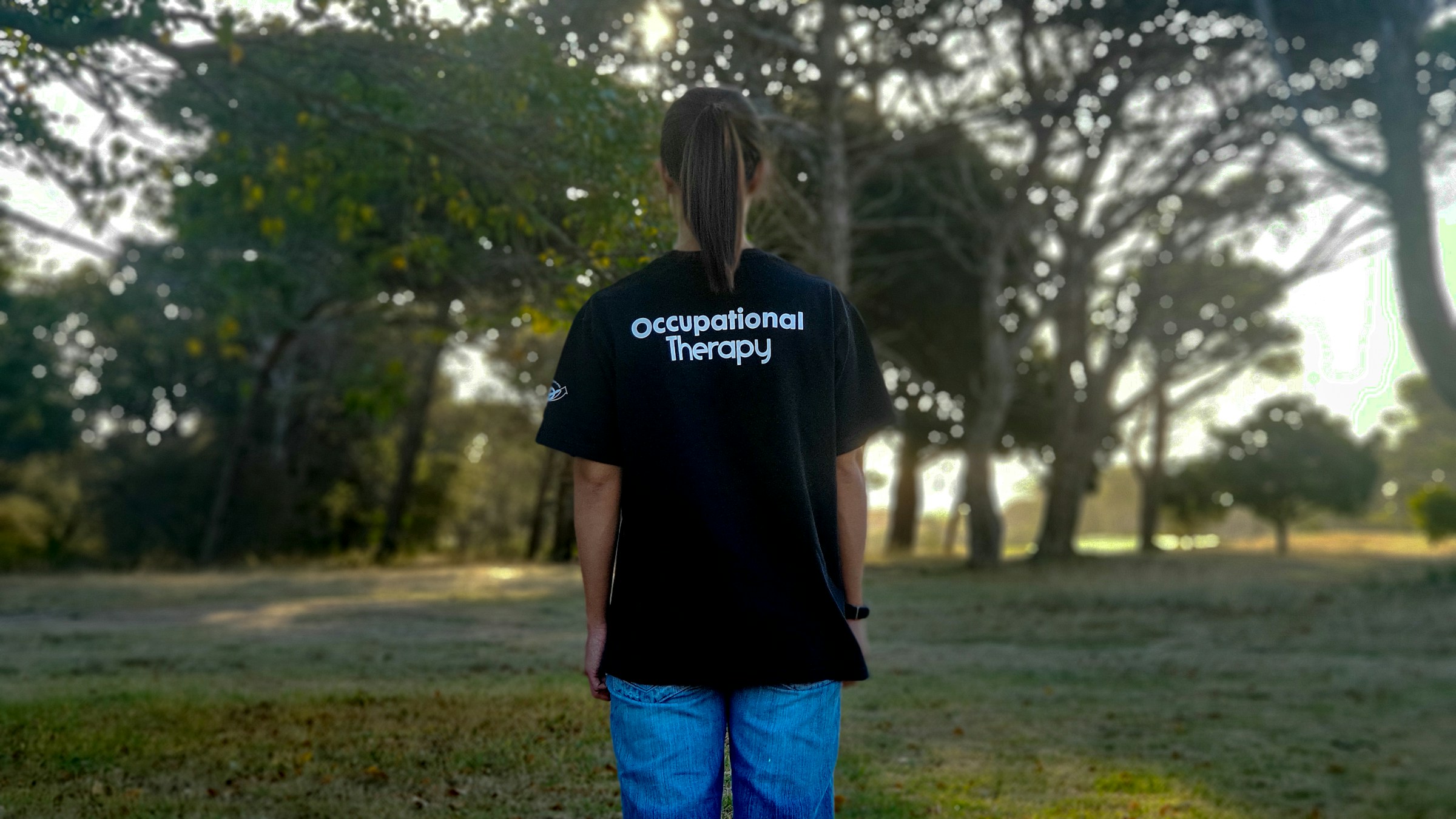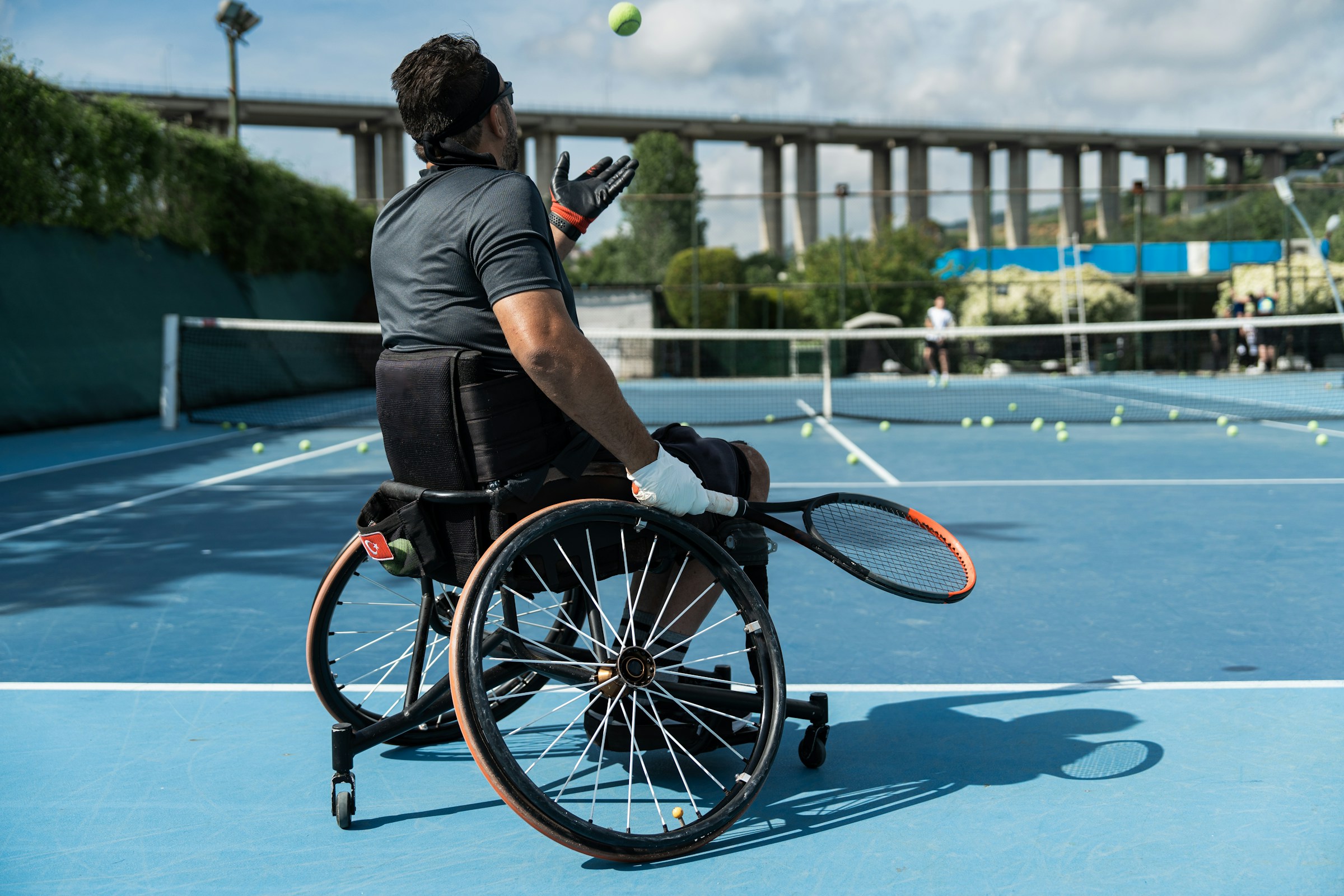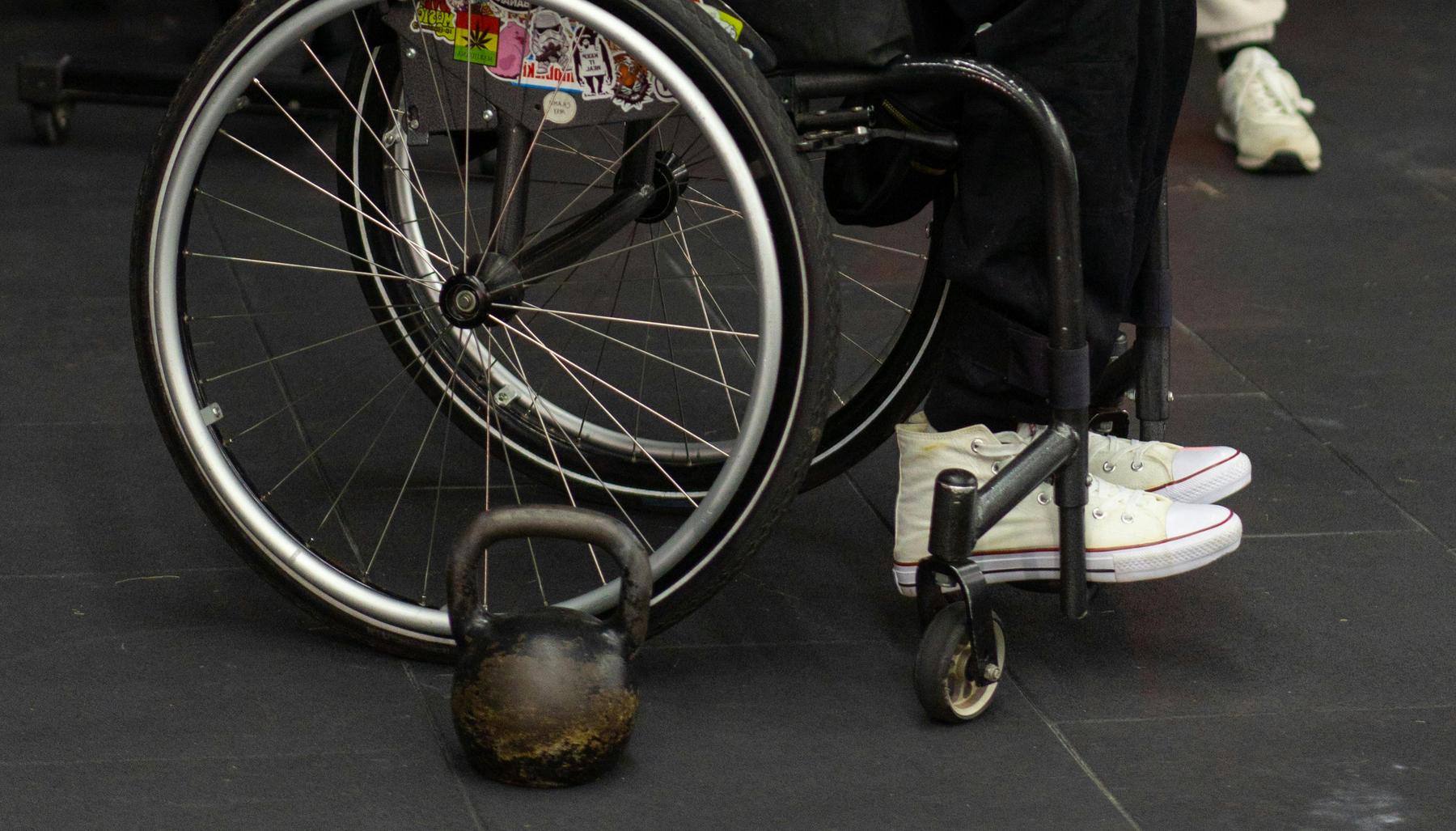For many Australians, accessing quality occupational therapy services means navigating significant barriers: lengthy travel distances to clinics, mobility challenges that make transport difficult, or living in areas with limited healthcare providers. Whether you’re an NDIS participant in regional Queensland, a family in metropolitan Melbourne seeking paediatric support, or an aged care recipient in rural Tasmania, these obstacles can prevent you from receiving the therapeutic interventions you need to maintain independence and improve your quality of life.
The emergence of telehealth occupational therapy has fundamentally changed this landscape. Through secure digital platforms and innovative service delivery models, qualified occupational therapists can now provide comprehensive assessments, personalised therapy programmes, and ongoing support directly to clients in their homes or communities. This transformation has proven particularly valuable across Queensland, Victoria, New South Wales, and Tasmania, where geographical distances and service distribution create unique challenges for healthcare access.
What is Telehealth Occupational Therapy and How Does it Work?
Telehealth occupational therapy leverages video conferencing technology, interactive digital tools, and secure online platforms to deliver clinical services remotely whilst maintaining the core principles of occupational therapy practice: promoting participation, independence, and meaningful occupational performance.
The service delivery model typically encompasses several key components working together to create a comprehensive therapeutic experience. Initial assessments are conducted via high-quality video calls, allowing therapists to evaluate client needs, establish goals, and identify environmental factors that impact daily functioning. These virtual consultations enable therapists to observe clients performing activities in their natural environment, often providing more authentic insights than clinic-based assessments.
Personalised treatment plans emerge from these assessments, incorporating evidence-based interventions that address daily living skills, cognitive rehabilitation, sensory processing, or physical rehabilitation needs. Remote interventions are delivered through guided exercises, adaptive strategies, and home-based activities that can be shared digitally using interactive whiteboards or secure document platforms.
A crucial element involves caregiver coaching, where family members or support workers receive training in implementing therapy plans, modifying environments, or utilising assistive technology effectively. This approach extends the therapeutic impact beyond individual sessions and creates sustainable support systems within the client’s immediate environment.
Regular monitoring and follow-up sessions ensure treatment plans remain responsive to changing needs, with adjustments made based on progress tracking and emerging challenges. This ongoing relationship maintains therapeutic momentum whilst providing flexibility to adapt interventions as circumstances evolve.
Who Benefits Most from Online Occupational Therapy Services?
Telehealth occupational therapy addresses access inequities across diverse populations, with particular benefits for specific groups facing traditional service barriers.
Rural and remote communities represent a primary beneficiary group, as over 15% of Australians reside in regional or remote locations that often lack local occupational therapy services. For residents of areas such as Gympie, remote parts of Queensland, or rural Tasmania, telehealth eliminates the need for lengthy travel to access specialist support.
NDIS participants across all age groups benefit significantly from telehealth services, as the scheme prioritises community-based care and equitable access regardless of geographical location. The flexibility of remote service delivery aligns with NDIS principles of choice and control, allowing participants to receive support within their preferred environments whilst maintaining their established routines and social connections.
Individuals with mobility restrictions find telehealth particularly valuable, as it reduces reliance on transport arrangements and eliminates the physical challenges associated with clinic visits. This includes people with chronic conditions, progressive neurological disorders, or temporary mobility limitations following injury or surgery.
Paediatric clients and their families often experience enhanced engagement through telehealth services, as children may feel more comfortable and behave more naturally within their familiar home environment. Parents and caregivers can more easily participate in sessions and observe therapeutic techniques for implementation between formal sessions.
Aged care recipients, whether living independently or in residential facilities, benefit from the convenience and reduced disruption that telehealth provides. This population often faces multiple barriers to clinic attendance, including health complications, transport difficulties, and scheduling conflicts with other care requirements.
What are the Advantages of Telehealth OT Assessments?
The advantages of telehealth occupational therapy extend beyond simple convenience, offering tangible improvements in accessibility, cost-effectiveness, and therapeutic outcomes.
Enhanced accessibility represents the most significant benefit, breaking down geographical, logistical, and financial barriers that traditionally limit service access. This democratisation of healthcare access ensures that location no longer determines the quality or availability of occupational therapy support.
| Advantage Category | Traditional In-Person | Telehealth Services |
|---|---|---|
| Travel requirements | Client travels to clinic | No travel required |
| Service availability | Limited by local providers | Access to statewide services |
| Scheduling flexibility | Clinic hours only | Extended availability options |
| Environmental context | Artificial clinic setting | Natural home environment |
| Caregiver involvement | Limited participation | Enhanced family engagement |
| Cost considerations | Travel expenses + time | Reduced overall costs |
Cost-effectiveness benefits both clients and service providers through reduced travel expenses and operational overheads. Under NDIS guidelines, traditional travel costs range from $97 to $145.50 per hour, expenses that are significantly reduced or eliminated through telehealth delivery. Research indicates telehealth occupational therapy can reduce total therapy time by 60-100% compared to home-visiting scenarios without compromising therapeutic outcomes.
Improved client engagement often results from the familiar home environment, which enhances the relevance and practical application of therapeutic interventions. Clients can practice skills using their own equipment and within their actual living spaces, creating more meaningful and transferable learning experiences.
The flexibility and scheduling conveniences of telehealth accommodate diverse lifestyles and competing demands, making it easier for clients to maintain consistent therapeutic engagement whilst managing work, education, or caregiving responsibilities.
Safety considerations have become increasingly important, with telehealth reducing infection risks during public health crises whilst minimising perceived stigma that some individuals associate with accessing disability support services.
How Do Telehealth Sessions Compare to In-Person Therapy?
While telehealth occupational therapy offers numerous advantages, understanding its comparative effectiveness and limitations provides important context for service planning and client expectations.
Clinical effectiveness research demonstrates that telehealth delivery maintains therapeutic outcomes comparable to in-person services for many intervention types. Virtual sessions prove particularly effective for cognitive rehabilitation, home safety assessments, equipment consultations, and caregiver training programmes.
However, certain clinical limitations require consideration and creative adaptation. Hands-on assessments, such as detailed sensory testing or complex physical evaluations, may require hybrid service models that combine telehealth with periodic in-person visits. Sensory integration interventions can be adapted for remote delivery through caregiver-guided activities, weighted blankets, or mindfulness exercises, though they require more extensive preparation and family involvement.
Fine motor assessments benefit from caregiver assistance and video demonstrations, though they may lack the precision of direct clinical observation. Occupational therapists address these limitations through innovative approaches, such as using household items for therapy exercises or providing detailed verbal guidance for assessment procedures.
The environmental authenticity of telehealth sessions often provides superior insights into real-world functioning compared to clinic-based observations. Therapists can assess how clients navigate their actual living spaces, use their own equipment, and interact with family members in natural settings.
Technology requirements and digital literacy can present barriers for some clients, particularly older adults or those with cognitive impairments. However, these challenges are often overcome through pre-session orientation, family support, and platform training provided by the therapy service.
What Technology and Platforms Support Remote OT Services?
The technological infrastructure supporting telehealth occupational therapy has evolved significantly, with platforms specifically designed for healthcare delivery ensuring security, functionality, and user accessibility.
Professional telehealth platforms such as Coviu provide healthcare-specific features including encrypted communications, integrated assessment tools, digital whiteboards for interactive exercises, and secure document sharing capabilities. These platforms comply with Australian privacy legislation and healthcare regulations whilst offering intuitive interfaces for clients with varying technical abilities.
Interactive collaboration tools enable real-time therapy activities, allowing therapists to demonstrate exercises, share visual aids, and guide clients through assessment procedures. Digital whiteboards facilitate therapy planning, goal setting, and progress tracking, with documents easily shared between sessions for home practice.
Equipment considerations for clients typically require only basic technology: a device with video capability (smartphone, tablet, or computer), reliable internet connection, and adequate lighting in the therapy space. Many clients already possess suitable technology, reducing barriers to service initiation.
For clients requiring assistive technology consultations, virtual trials can be facilitated through 3D modelling software, vendor collaborations for remote demonstrations, and detailed video consultations to assess equipment suitability before purchase or prescription.
Quality assurance measures include backup communication methods, technical support during sessions, and pre-session technology checks to ensure smooth service delivery. Therapists receive specialised training in telehealth best practices, including screen sharing techniques, remote demonstration methods, and digital assessment adaptations.
How Does NDIS Funding Apply to Telehealth Occupational Therapy?
NDIS funding arrangements fully support telehealth occupational therapy delivery, with specific provisions ensuring equitable access and appropriate remuneration for service providers across Australia.
Under the 2025-26 NDIS Pricing Arrangement and Price Limits, telehealth occupational therapy services are billable under the same item codes as in-person therapy, ensuring no financial disadvantage for participants choosing remote service delivery. Capacity Building supports, including occupational therapy, are funded at $193.99 per hour nationally, with higher rates applying in remote areas.
Travel cost calculations are adjusted for telehealth services, with providers able to claim 50% of the agreed rate for travel labour when combining telehealth with in-person services. This flexibility enables hybrid service models that optimise both efficiency and clinical effectiveness.
Regional and remote pricing incentives recognise the additional challenges of service delivery in areas classified as Modified Monash Model 5-7, with rates reaching $271.59 per hour in the most remote zones. These enhanced rates support service sustainability in underserved areas whilst maintaining participant choice and access.
The billing framework allows providers to apportion travel time across multiple clients within a region, optimising service efficiency whilst maintaining NDIS compliance. This approach particularly benefits mobile services operating across multiple states and territories, such as those covering Queensland, Victoria, New South Wales, and Tasmania.
Early Childhood Early Intervention services maintain separate item codes with specific travel provisions, ensuring young children and their families receive appropriate support regardless of geographical location.
Moving Forward with Telehealth Occupational Therapy
The integration of telehealth into occupational therapy practice represents more than a technological advancement; it embodies a fundamental shift towards more accessible, flexible, and client-centred healthcare delivery. For individuals across Queensland, Victoria, New South Wales, and Tasmania, this evolution means that geographical boundaries no longer determine access to quality occupational therapy support.
The evidence clearly demonstrates that telehealth occupational therapy maintains clinical effectiveness whilst addressing traditional barriers to service access. Through innovative platform utilisation, creative intervention adaptation, and comprehensive caregiver involvement, remote service delivery achieves meaningful therapeutic outcomes that translate into improved independence and quality of life.
As digital infrastructure continues to expand and telehealth platforms become increasingly sophisticated, the potential for reaching underserved populations will only grow. The hybrid models emerging from current practice offer particular promise, combining the accessibility of remote services with the hands-on capabilities of in-person interventions when clinically indicated.
The regulatory framework supporting telehealth, particularly through NDIS funding arrangements, provides the foundation for sustainable service expansion whilst maintaining quality standards and professional accountability. This supportive environment enables mobile occupational therapy services to extend their reach whilst delivering personalised, evidence-based interventions that respect client choice and promote community participation.
Is telehealth occupational therapy as effective as in-person sessions?
Research demonstrates that telehealth occupational therapy maintains comparable therapeutic outcomes to in-person services for many intervention types, including cognitive rehabilitation, home safety assessments, and caregiver training. The authentic home environment often provides better insights into real-world functioning, though some complex physical assessments may require a hybrid approach.
What technology do I need for telehealth occupational therapy sessions?
Basic requirements include a device with video capability (smartphone, tablet, or computer), reliable internet connection, and adequate lighting. Most clients already have the necessary technology, and many services provide platform training and technical support.
Does NDIS funding cover telehealth occupational therapy services?
Yes, NDIS funding fully supports telehealth occupational therapy under the same item codes as in-person services. The 2025-26 NDIS Pricing Arrangement ensures no financial disadvantage for remote delivery, with enhanced rates available for regional and remote areas.
Can children receive effective occupational therapy through telehealth?
Telehealth has proven particularly effective for paediatric occupational therapy. Children often feel more comfortable in their home environment, allowing parents and caregivers to actively participate and learn techniques for use during daily activities.
How do therapists conduct physical assessments remotely?
Therapists adapt physical assessments by using caregiver-assisted evaluations, video demonstrations, and household items for therapy exercises. While some complex assessments may require in-person visits, many functions can be effectively assessed through guided observation and interactive tools.













